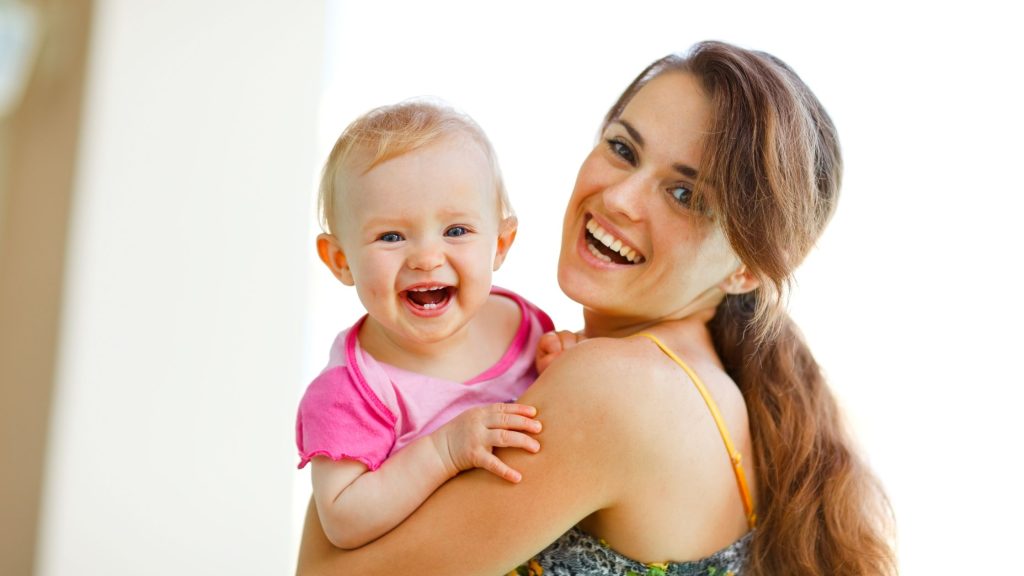Baby swings are designed to distract, soothe upsets, and give your baby some relaxing time.
There is no evidence that baby swings can cause brain damage. Many people think that swings are very good for children's development, and children also enjoy using swings. However, others believe that baby swings can cause brain damage or cause shaking syndrome in children if you shake the swing too strongly.
So, do baby swings cause brain damage? With our many years of experience in the field of mother and baby, the information given below will hopefully be useful to you.
What Is The Shaken Baby Syndrome
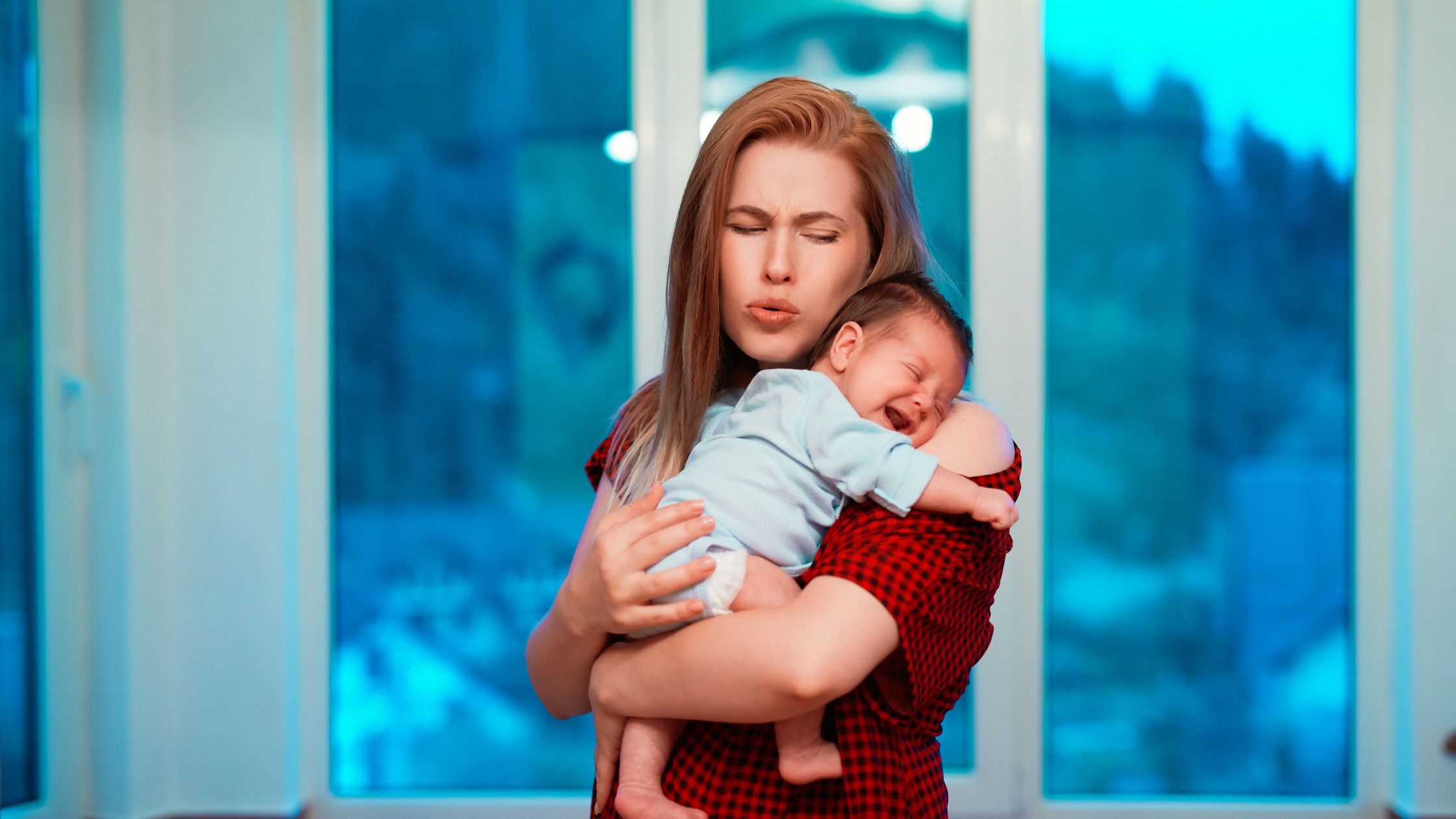
Shaken baby syndrome is a condition that results from repeated blows to a child's head or body. These blows can cause serious brain damage, resulting in developmental delays, behavioral issues, and even death.
In some cases, brain damage may not be apparent until later in life, after the child has experienced significant developmental delays.
The shaken baby syndrome often occurs in children under 2 years old, even in children 5 years old, and is most common in children 9 months old. In the United States, about 1,200-1,400 children suffer brain injuries and pass away from shaking each year.
Brain damage can happen with just 5 seconds of shaking, even 3 seconds. However, with the naked eye looking from the outside, it will be difficult to detect these lesions, except in severe cases.
How Dangerous Is The Shaken Baby Syndrome
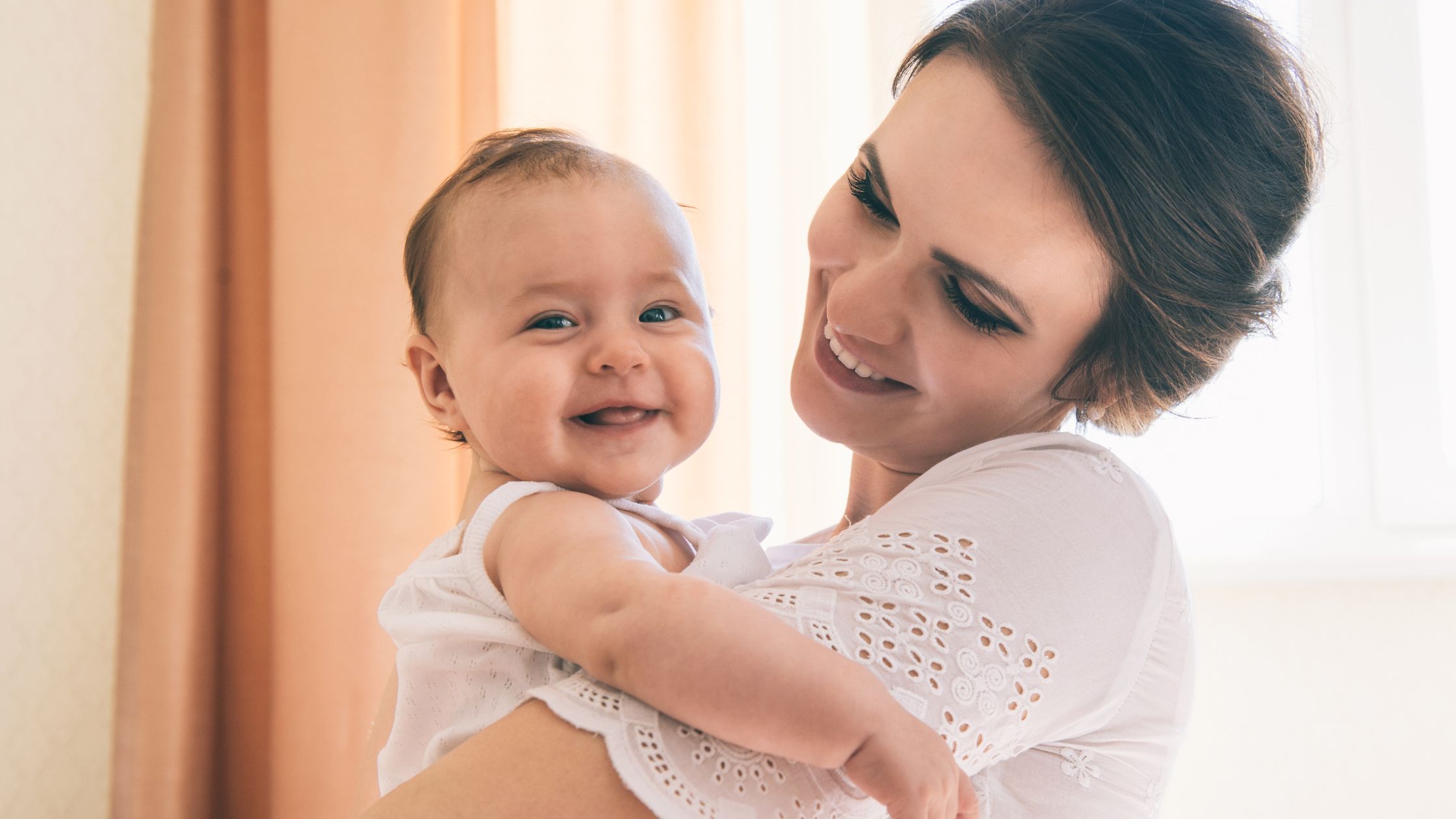
The shaken baby syndrome can cause mental retardation, poor eyesight, speech and listening behavior disorders, epilepsy, impaired orientation and cognitive skills... however, only when children are older are these lesions discovered.
The baby's brain damage will leave many long-term neurological sequelae. Mild injuries can make children mentally retarded, lose their ability to speak fluently, and reduce their learning ability.
If the damage is severe, it can cause retinal hemorrhage, vision loss or blindness, deafness, nerve paralysis, and convulsions.
Those seemingly innocuous actions can cause brain damage to the baby. Severe cases can cause immediate death, and mild brain damage can lead to permanent brain damage.
The serious consequences of the shaken baby syndrome
Shaking in a baby, with or without a sudden drop in head speed from hitting a hard surface, can have the following serious consequences:
- Subdural hematoma: An accumulation of blood between the surface of the brain and the dura (the fibrous membrane surrounding the brain's surface). Occurs when the veins connecting the brain and dura mater are stretched beyond their elasticity, rupture and bleed.
- Subarachnoid hematoma: An accumulation of blood between the arachnoid membrane (the reticulum-like membrane that surrounds the brain's surface filled with cerebrospinal fluid) and the brain.
- Direct trauma to the surface of the brain when the brain strikes the inner surface of the skull.
- Tear or rupture of nerve cell branches in the cortex and deep structures of the brain caused by impact to the brain.
- Damage to brain cells occurs when damaged nerve fibers release chemicals that bind to oxygen taken from the brain.
Other injuries include
- Retinal hemorrhage: varying degrees, from a few scattered hemorrhages to multiple disseminated retina layers.
- Fracture of the skull: Consequences of a child's head hitting hard or soft surfaces.
- Fractures: Including ribs, collarbone and extremities, bruises on the face, head and whole body.
Dangerous complications of shaken syndrome
If not detected early and treated correctly, the syndrome will cause serious complications. Many cases lead to severe nerve damage or even death.
Death usually results from uncontrolled raised intracranial pressure secondary to cerebral edema, cerebral hemorrhage, or tearing of brain tissue.
Even minor injuries can cause developmental delays in children. Some complications can include:
- Cerebral palsy
- Paralysis
- Blindness or reduced vision
- Mental retardation
- Epileptic
- Convulsions
The Main Reasons For Shaken Baby Syndrome

In addition to shaking the swing vigorously, many parents habitually make their babies laugh by playing the game "airplane". Raising the child above the head and then lowering it, or shaking the child horizontally strongly, tossing the child up high and then catching the baby…
Those actions can lead to danger for your baby with just 5 seconds of shaking. The shaken syndrome in babies is compared to adults with traumatic brain injury due to traffic accidents.
For newborns, the weight of the baby's head accounts for a large proportion, about 1⁄4 of the body weight. Therefore, the neck muscles are still weak and cannot hold the weight of the head.
In addition, there are spaces in the head between the brain and the skull that allow the brain to continue to develop. The baby's brain is soft, and the meninges are thin.
Therefore, if shaken vigorously, the child's soft and flexible skull bones cannot withstand these forces, which will transfer the force to the brain.
Hence, when the brain does not have a synchronous movement, it will cause the pulsation back to the skull, causing brain contusion, edema, bleeding in the brain, and so on.
Furthermore, when the child is shaken, especially when juggling and spinning strongly, the brain block will move inertia and collide with the skull, causing severe brain damage. If the child's head collides with a hard surface, this impact force will abruptly increase.
Do Baby Swings Cause Brain Damage?
The answer is that baby swings do not cause brain damage. However, if you shake your baby too vigorously, he may experience the symptoms listed above. If you are concerned that your baby may have tremors and experience any of these symptoms, please seek medical attention.
Traumatic symptoms can last for days, weeks, or longer after a hard hit or fell and hit the head down on the floor that injures the head area.
Children have severe traumatic brain injury when they are directly hit baby's head against a door or other hard things. Depending on the location, velocity of the impact and the agents causing the injury, it will lead to skull deformity or craniofacial fissure.
Depending on the location of the brain injury, traumatic brain injury in children will leave sequelae or not. In case of very severe trauma, it can cause epileptic sequelae or irreversible weakness and paralysis, etc.
Safety Tips When Using A Swing
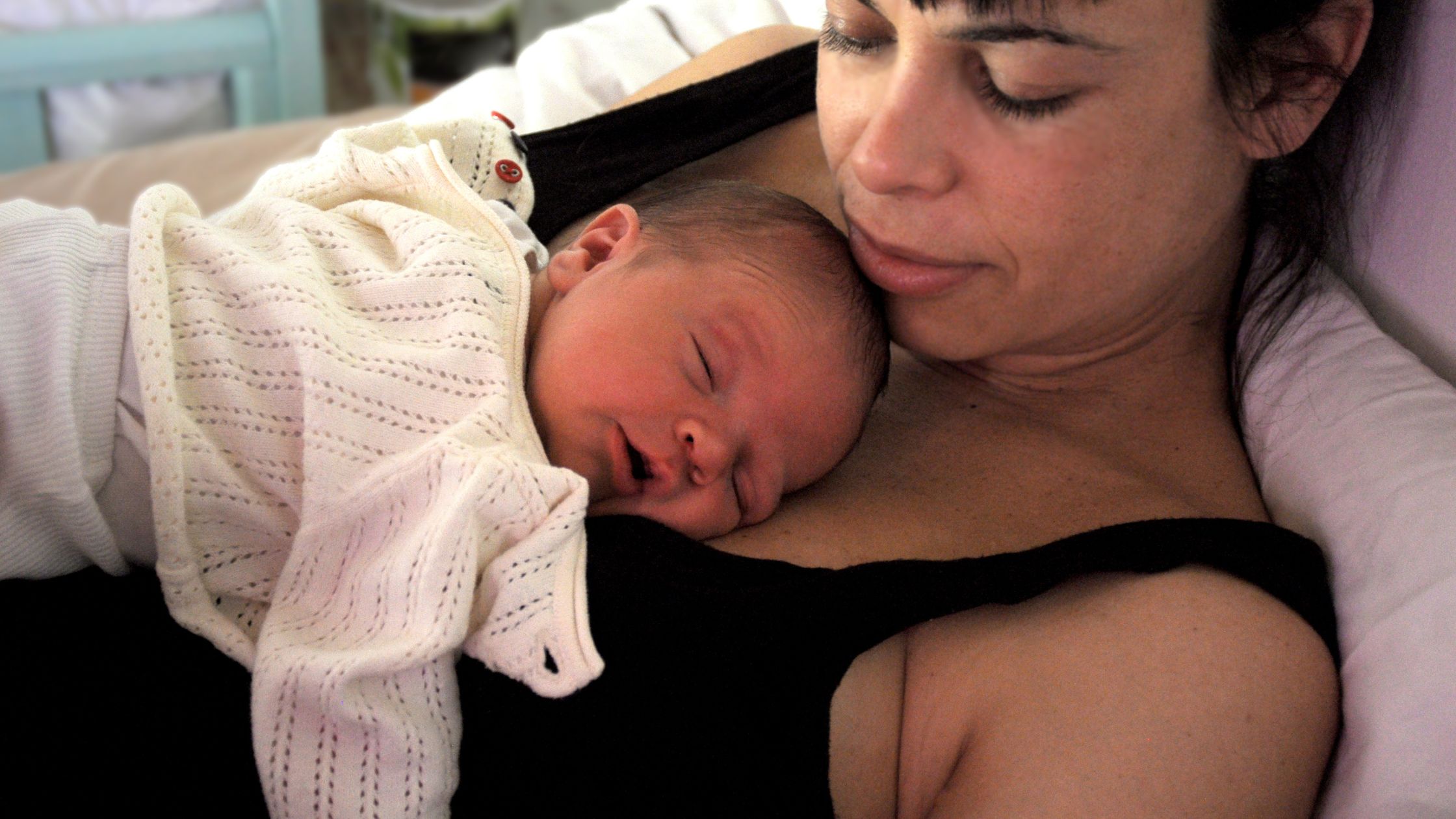
Using a swing is not difficult, but there are some things you should know and precautions as follow:
- Read the user manual before using it. Make sure all parts are included and that you follow the assembly guidelines.
- Check to make sure the swing hasn't been recalled before using it (especially if you bought it second-hand).
- Infants under four months should be seated in the most reclined position offered by the swing to reduce the risk of the baby falling forward and potentially suffocating.
- Always check that all straps and harnesses are in place and in use. Baby swings that can recline to an angle greater than 50 degrees should have a shoulder strap to help keep your baby in place. All belts must be tightened whenever the swing is used.
- Only attach the items that came with the product. Avoid sticking to various toys, cell phones,... that the manufacturer has not approved.
- Check the swing's weight limit. Do not place your baby on the swing if its weight does not fall outside the recommended guidelines for use.
- Make sure the baby swing is stable. The swing should not be placed on uneven surfaces or on other furniture. Check to make sure the swing cannot easily tip over (or fold, if movable).
- Don't let your baby fall asleep on the swing. If your child falls asleep on the swing, immediately pick them up and transfer them to a firm, flat surface on their back.
Installation: The first thing to note is that you will need to do some assembly work when you order the swing. This process can take just a few minutes or up to an hour, depending on which swing you purchased.
If you're the type of person who gets frustrated easily trying to put together the pieces or if you're recovering from childbirth, ask family members if they'd like to build the swing together.
Instructions: You need to pay close attention to the weight and age guidelines when playing with your baby's swing.
If you receive a used swing and don't have the original instruction manual, search it online for its acceptable weight and age range. The manufacturer's instructions are for your baby's safety, so use them.
Safety: Even if your child is within the acceptable age and weight limits, you should always supervise your child to ensure their safety when playing on the swing. Never place a baby swing on an incline. This will make it unstable and may cause an unfortunate accident.
Swings are made to entertain your baby and letting you relax. They can be handy for lulling your baby to sleep. However, you should not use a baby swing to replace a crib or bassinet.
FAQs
Currently, there are many questions sent to us about the use of baby swings. Does a baby swing affect a baby's brain shaking? When should a baby swing be used, and for how long? Let's find the answers to the questions you are worried about!
When can you put a baby in a swing?
In general, most pediatricians recommend that infants should not be put on a swing before they are at least six months old and weigh at least 20 pounds. In addition, infants should only be placed in the swing for a short period of time and absolutely should not be left in the swing.
In addition, always remember that swings for babies will be different from swings for older children. Baby swings will provide gentle movements and the right incline.
Is it OK to leave the baby in the swing all night?
According to the American Academy of Pediatrics (AAP), swings should not be used for sleeping infants. Swings aren't made to be used as a place to sleep like cribs or bassinets.
Furthermore, your babies don't have the muscle strength enough to hold their heads up, and sleeping semi-upright with their heads hunched over (like in a car seat, swing, or bouncer) can result in suffocation.
The rhythmic rocking motion of the swing may put your baby easily falls asleep. If your baby nods off while being rocked, transfer them as soon as you can to a firm sleeping area (like a crib, bassinet, or bed). And put them to sleep by lying them down on their backs.
How long can babies use a swing?
The American Academy of Pediatrics (AAP) recommends that babies use the swing for no more than 1 hour a day and no more than 3 times a week.
When can I use a swing for a newborn?
Before using a baby swing, it is important to consult a doctor. Swings can be very helpful for new parents, but they should only be used with a medical professional's guidance.
While there are some risks associated with using baby swings, they can be a great way to keep your baby comfortable and safe. If you are concerned about the safety of a baby swing, talk to your doctor.
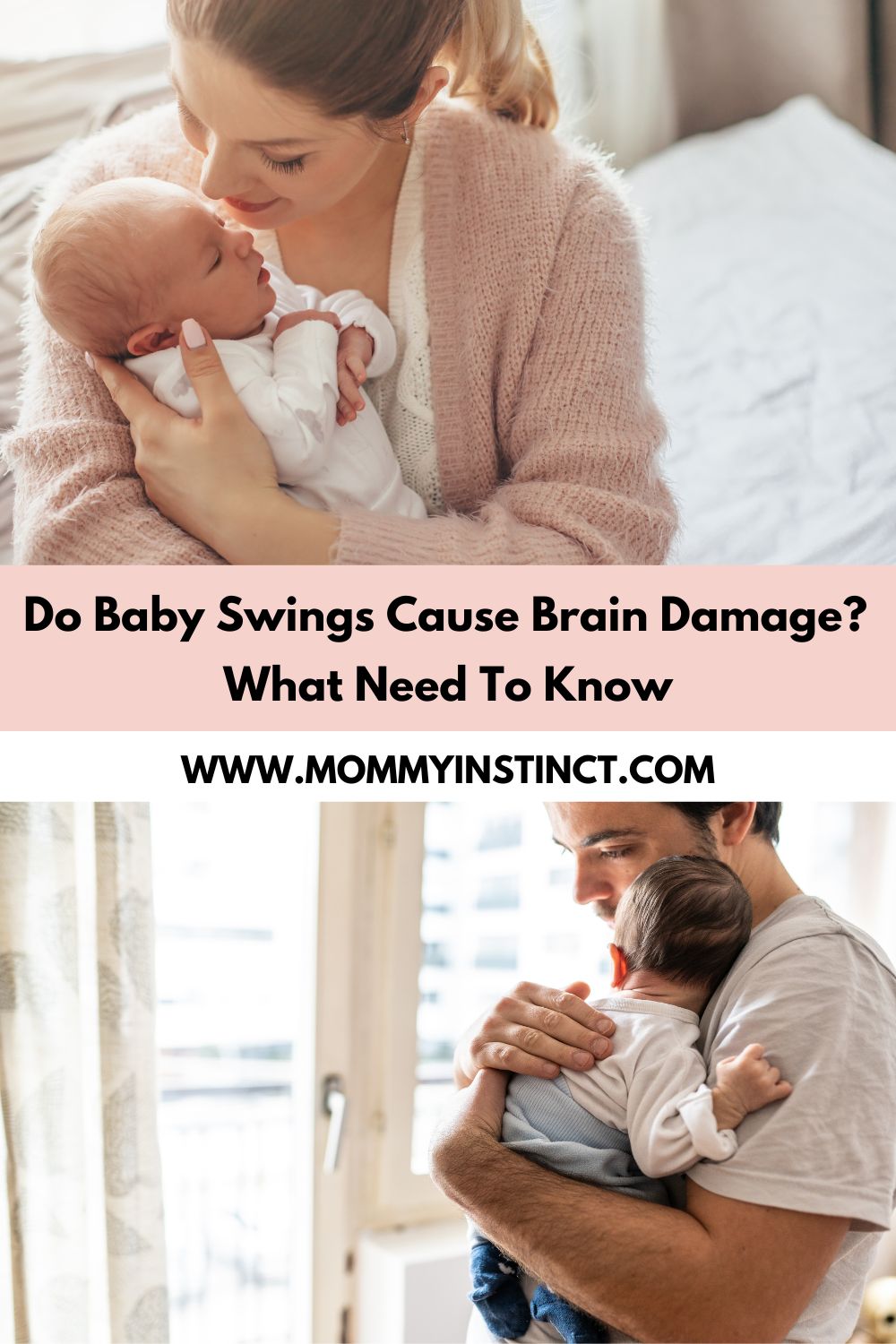
Closing
In conclusion, can baby swings cause brain damage? The simple answer is NO. A baby swing's movement is insufficient to result in brain damage or shaken baby syndrome. If used as directed, baby swings are completely safe.
However, using something too much can be also harmful. It is advised against letting your child spend the night in the swing.
Before using a baby swing, parents should always exercise caution and speak with their pediatrician. The best way to entertain your baby is with a baby swing, but you should make sure it's safe for the technique before you use it. If you have any queries, you can ask your doctor or the salesperson of the store where you want to buy a swing.
The shaken baby syndrome is completely preventable. To avoid shaking syndrome, parents must be very careful, always remembering that you should not shake your baby too strongly. When holding, keep the baby's neck in a constant position.

